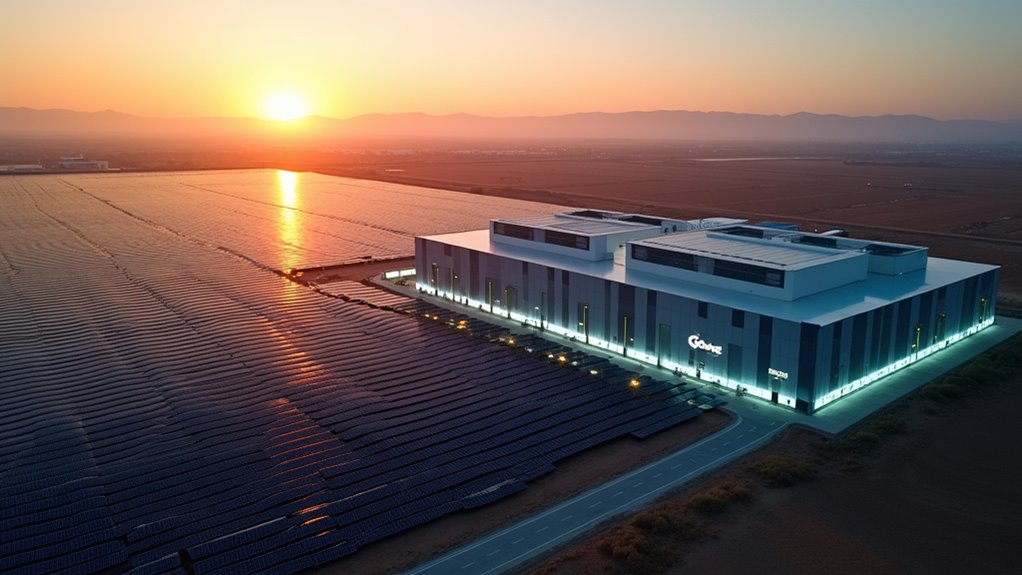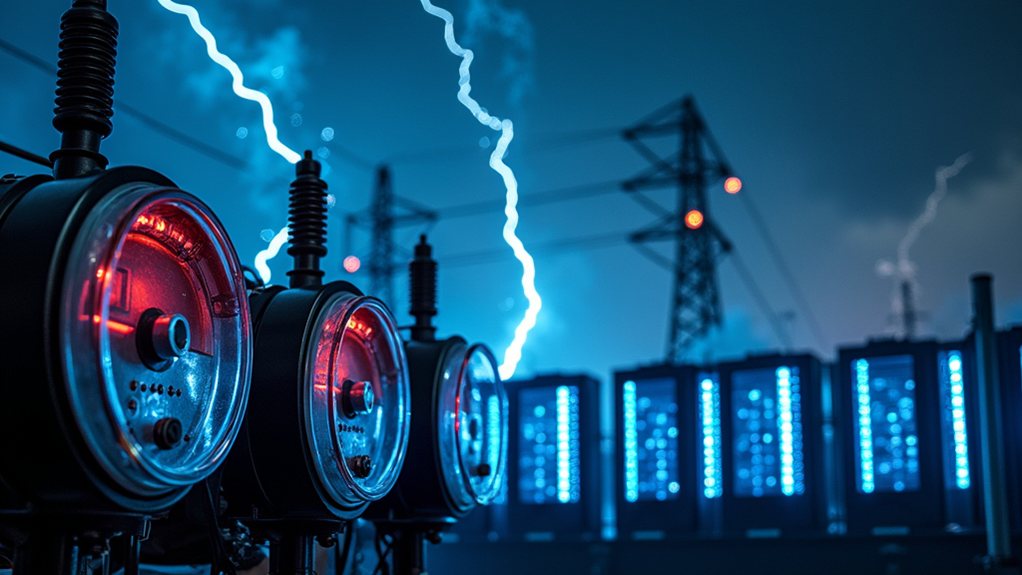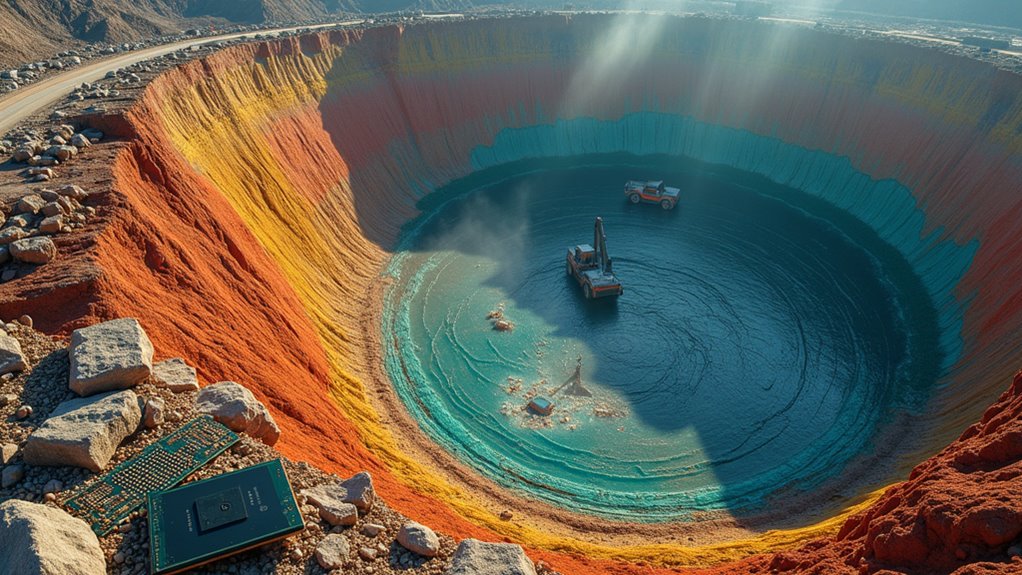Google’s $20 billion solar investment isn’t just about looking green—it’s rewiring how data centers operate. By building gigawatt-scale renewable infrastructure near their AI-hungry facilities in places like Oklahoma and South Carolina, Google aims to eliminate its carbon footprint by 2030 while solving a practical problem: powering increasingly energy-demanding AI operations. Other tech giants are following suit, creating a mini-arms race for sustainable power. The tech-utility landscape is about to get interesting.
Tech giant Google is throwing its considerable weight—and wallet—behind renewable energy with a staggering $20 billion investment in solar and storage projects. The company is partnering with Intersect Power and TPG Rise Climate to build massive renewable infrastructure that will power its increasingly electricity-hungry data centers.
Tech behemoth bets big on green power with $20B solar splurge to fuel its energy-guzzling AI ambitions
Remember when Google’s biggest energy concern was keeping your Gmail running? Those were simpler times. Now with AI workloads consuming electricity like a teenager raids a refrigerator, the tech behemoth needs serious juice—and lots of it.
The initial phase of these co-located clean energy projects will be operational by 2026, with full completion expected in 2027. Google’s not exactly sharing the exact locations just yet (competitive advantage, anyone?), but Oklahoma and South Carolina are definitely on the map.
We’re talking gigawatt-scale clean power here. In South Carolina alone, Google recently acquired 600 MW of solar with storage capabilities. For perspective, typical solar projects range from 60 to 75 MW—so yeah, Google’s going big.
This isn’t just about being eco-friendly for the PR points. Google has committed to eliminating its carbon footprint from energy use by 2030, a goal that seemed reasonable before ChatGPT and friends crashed the party demanding all the watts.
The company’s strategy is clever: build energy parks right next to data centers. It’s like growing tomatoes in your backyard instead of driving to the grocery store—fewer transmission losses, less grid congestion, and no awkward small talk with the produce guy.
Google contracted 4 GW of clean power in 2023, but that’s just the appetizer. This follows an earlier contract for over 700 megawatts of solar projects in Oklahoma. The main course is coming as AI computation demands continue to surge across the tech sector.
Microsoft and Meta are following suit with their own solar procurement plans for 2025. Meta is particularly ambitious, seeking up to 4 GW of nuclear power to support its growing AI operations while maintaining sustainability goals. Similar to how AI enhances smart energy systems in urban environments, these tech giants are creating more efficient power solutions for their operations. Looks like the race to power the AI revolution is going green—whether traditional utility companies like it or not.









